DJI Mini 3 Pro Review: A Gigantic Refresh for a Mini Drone
![]()
DJI Minis used to be for those who want the best flight for the least amount of money. The DJI Mini 3 Pro is what happens when we pay a little extra.
Build Quality
The $760 DJI Mini 3 Pro brings a new structural design with tweaks made to the arms and propellers, camera gimbal, and obstacle sensors while still keeping itself under 249 grams with the standard battery installed. It’s made from DJI’s familiar gray plastic housing which in my experience has been tough but lightweight.
![]()
![]()
The updated gimbal now allows for upward-angle shooting and can even be turned vertically for portrait-orientation photos and videos. In the DJI Fly app, this is as simple as tapping a button to switch between orientations and it happens extremely fast. The included plastic cover shields the camera and prevents the gimbal from moving around when not in use, but my problem is that it’s extra finicky to put back on compared to any other DJI drone I’ve used. Maybe I just haven’t figured out the trick to it yet.
New to the Mini series are frontward and backward-facing obstacle sensors in addition to the downward sensor. These are used in together with APAS 4.0 for not only stopping before trouble occurs but being able to automatically find paths around obstacles too. Unfortunately, APAS 4.0 isn’t active for high frame rate shooting going above 30p.
![]()
The battery life of the Mini 3 Pro is either the totally expected about 30 minutes with the standard Intelligent Flight Battery or very impressive 45-plus minutes with the new $100 Intelligent Flight Battery Plus. The Intelligent Flight Battery Plus has the same footprint as the standard battery, but it added around 15 minutes of flight time. The caveat is that it’s heavier, which takes the total drone package over 250 grams in weight which then forces you to register it in many regions.
The extra battery life is great, but for many it won’t be worth using if it means coming up against that registration requirement.
DJI RC
With the new Mini 3 Pro, DJI also introduced a new optional controller. The DJI RC has a 5.5-inch touchscreen built right in, so no smartphone pairing is necessary. This screen has 700 nits of peak brightness which is less than the $1,200 DJI RC Pro’s 1,000 nits. In bright sunlight, the screen at maximum brightness walks the edge of being a little too washed out for any sort of critical monitoring, but it’s perfectly serviceable to get the just of what the drone is performing. With the highlight warning turned on and the histogram displayed, the screen brightness never became a problem for my use.
![]()
Paired with the 03 transmission system of the Mini 3 Pro, the video monitoring feed is delivered in 1080p and looks great. There is a quality difference between when I’m on standby and when recording video, with the recording quality being a step up for more accurate monitoring when it matters.
The DJI RC has a healthy number of controls including separate photo and video buttons for fast switching and two programmable buttons on the rear. The photo button is a two-step button just like on typical cameras where the first stage will autofocus and set auto-exposure without taking a photo, and the second stage down actually takes the picture.
![]()
Overall, it fits great in my hands and the rubberized grip prevents clamminess. My one criticism is that I think the thumbsticks could use a touch more tension for finer precision.
Image Quality
Sporting a generous 1/1.3-type CMOS camera sensor and 24mm f/1.7 fixed lens, the camera can shoot up to 48-megapixel images. that said, in standard single-frame mode, the photos are 12 megapixels. Overall, image quality is impressive with good dynamic range and noise handling. Colors also look great straight out of the camera whether shooting in RAW or JPEG.
![]()
![]()
![]()
DJI claims that the camera has dual-native ISOs, which appears true but I honestly can’t tell when the switch happens: images are always a little bit noisy no matter what ISO I use. Noise levels look about the same from ISO 100 to the maximum ISO 6,400, and if anything my test images put 6,400 looking cleaner than 100 looking as the grain-type noise. I can see dynamic range takes a hit as the ISO increases, but the details get no more or less blocky.
Another area that impressed me was how well the camera handled backlit scenes. Lens flare is basically relegated to a tiny green dot and at just the right angle in the very far corners there can be internal camera reflections. Overall, the lens holds down contrast much better than I expected in difficult situations.
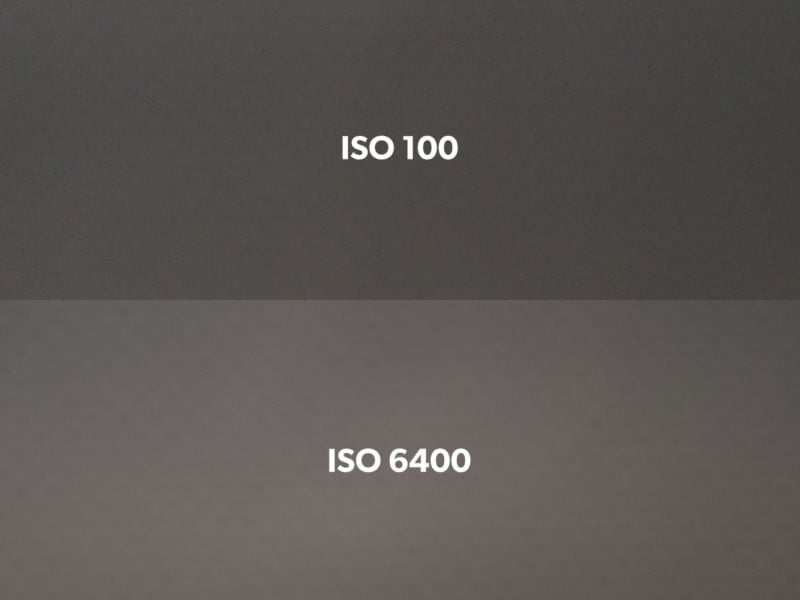
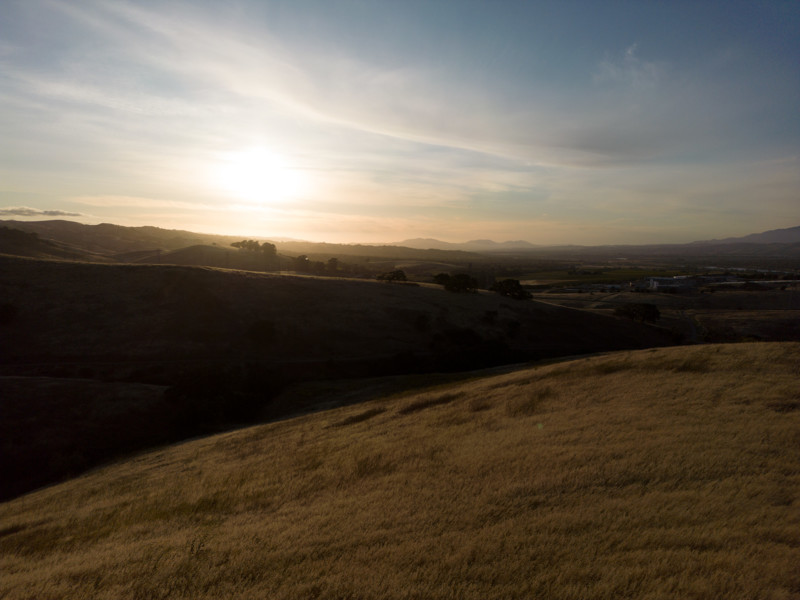
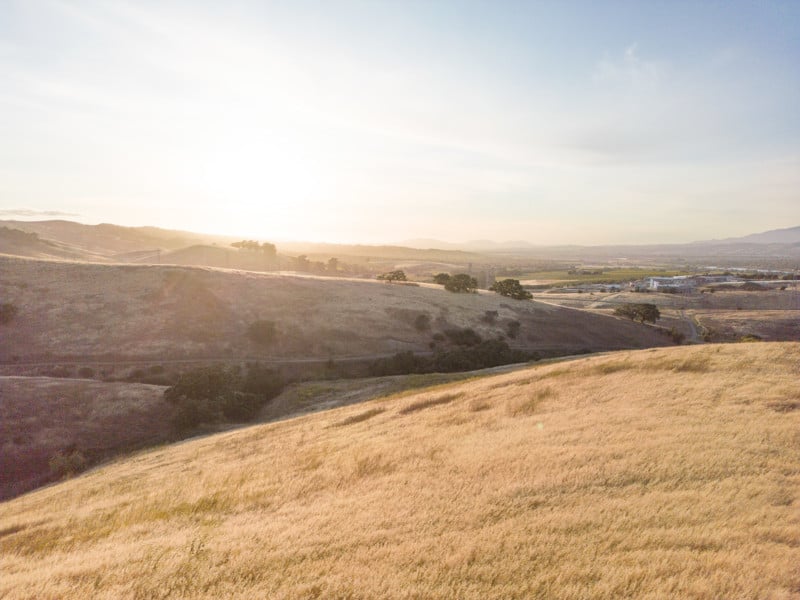
Video Quality
When I look at the little Mini 3 Pro and the tiny camera on it, it’s hard to believe the video quality would be very good. However, even in strong winds, the Mini 3 Pro performed well beyond expectations to create smooth, rich footage.
It can shoot at 4K up to 60 frames per second, or 1080p up to 120 frames per second. There’s also HDR recording up to 30 frames per second. All of this can be done in a horizontal frame or even vertically to retain all the resolution for social media posting. Below are comparisons of 100% crops taken from 4K, 2.7K, and 1080p footage. I see almost no difference in detail.
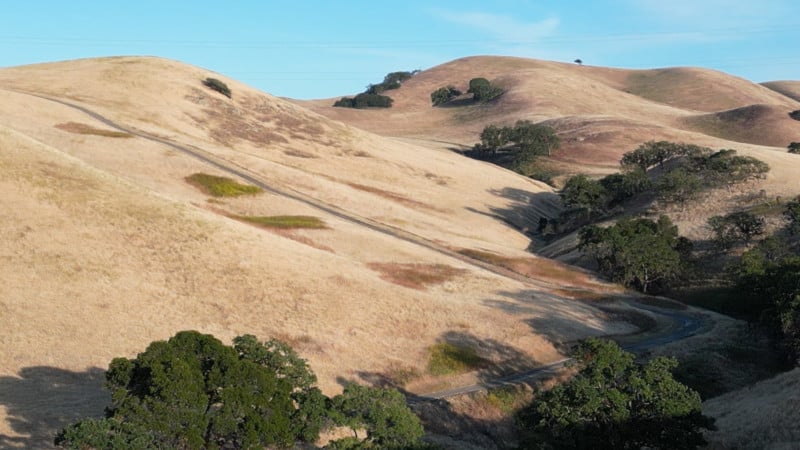
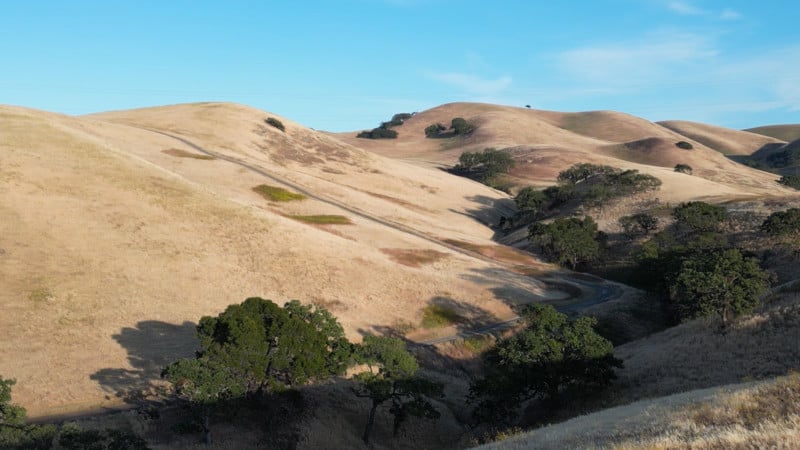
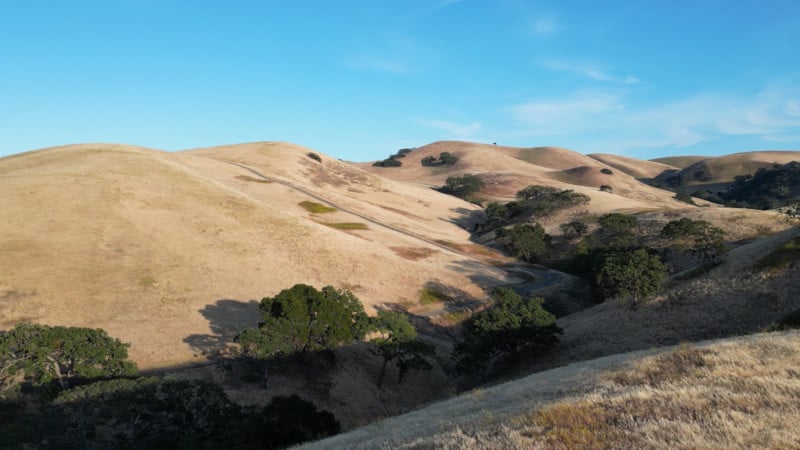
Below is a short video shot around sunset in windy conditions for a sense of video image quality at 4K 30p. It was shot in “Normal” color mode with no post color corrections. The DJI Fly app kept warning me it was going to force a landing because the wind was too strong, although it never did. As you can see in the first clip, it was hard to remain in a fixed position and stay stable with the wind, but adding any kind of movement greatly reduced those effects to the point it’s hard to tell other than by looking at the grass blowing around.
DJI promotes the ability to use digital zoom for video recording such as 2x zoom in 4K, 3x zoom in 2.7K, and 4x zoom in 1080p. Regardless of what digital zoom is used, you’ll want the final project to be 1080p otherwise the results get pretty messy. Two times zoom in 4K looks bad, but when downsampled to 1080p it becomes passable, and the story is the same with 3x at 2.7K. Below is a digital zoom comparison where the video itself is 1080p.
A Gigantic Refresh for a Mini Drone
Continuing to up the ante, DJI is refusing to slow down in the drone market despite being on top now for years. This new drone brings countless improvements to the Mini form factor with a better camera and gimbal system, extended battery life, more stable flight performance, added obstacle sensors, plus all the little things like ActiveTrack, a D-Log color profile, and HDR video.
Are There Alternatives?
This is the fourth release in DJI’s small drone lineup following the Mavic Mini, Mini 2, and Mini SE. The Mini 3 Pro clearly stands out as a next-level improvement over previous models in every facet, but if the thought of purchasing a brand new drone that may or may not accidentally crash or drown the first time you fly it haunts you, spending a bit less may be the only way to feel at ease. On the other hand, the Mini 3 Pro is the first of the Mini series to have any obstacle avoidance sensors at all on the front and rear, so it’s still a tough decision.
![]()
As an owner of the DJI Mavic Air 2, the new Mini 3 Pro seems like it’s everything I like about my drone but better, in a smaller package, and with longer flight times. If I were to buy a drone today, I would go with the Mini 3 Pro over the Air 2 (to be clear, I don’t mean the Air 2S).
Should You Buy It?
Yes. The DJI Mini 3 Pro is a high-quality drone in a tiny package. The people that want the absolute best images and don’t care how big the drone has to be or how much they need to spend have other options, but for almost everyone else, this is the right drone to buy.